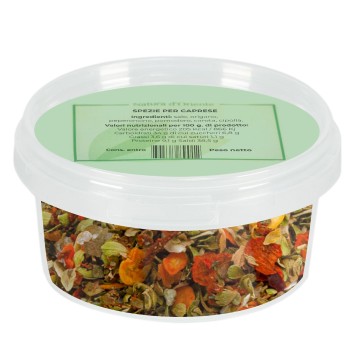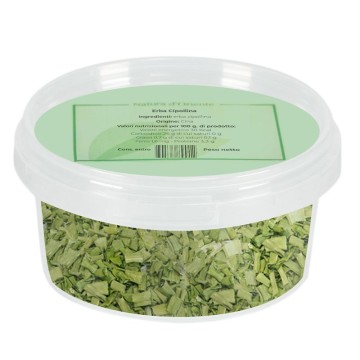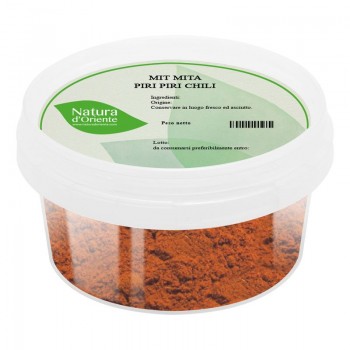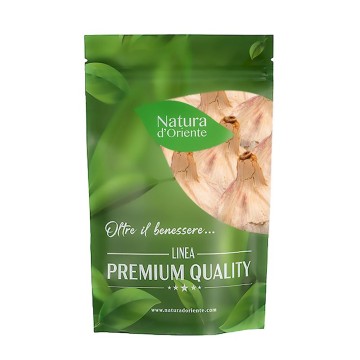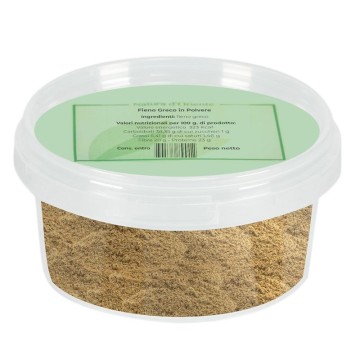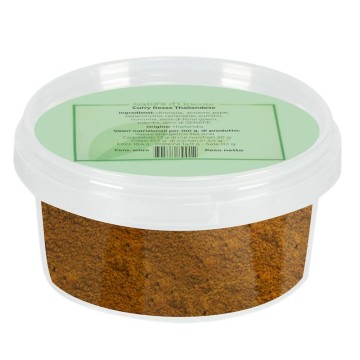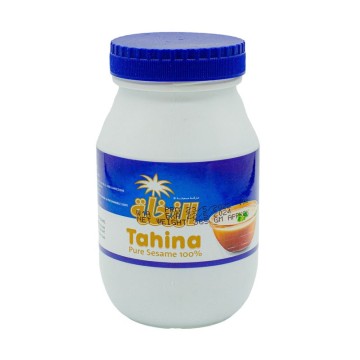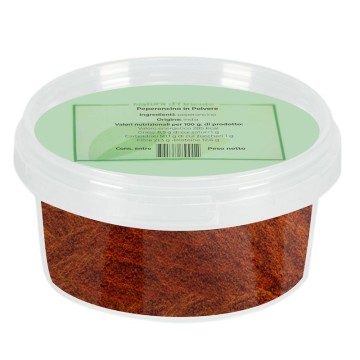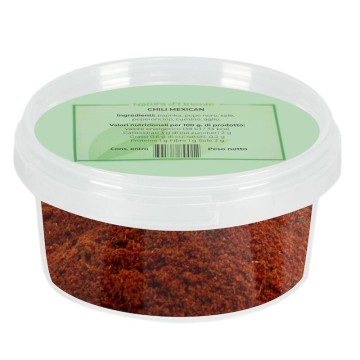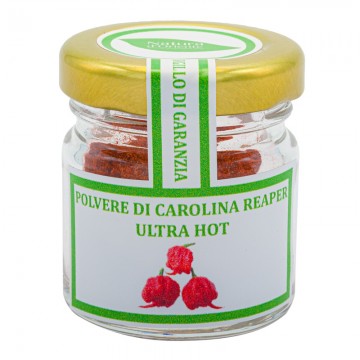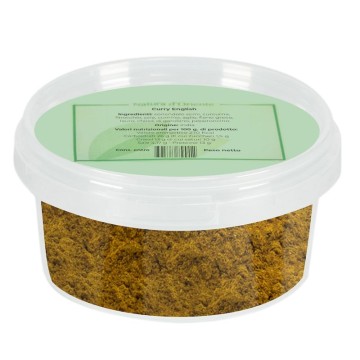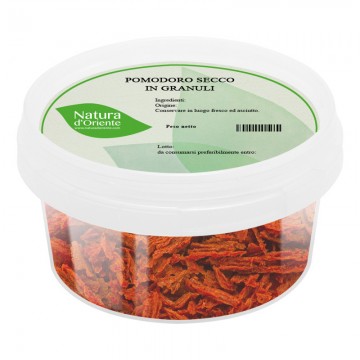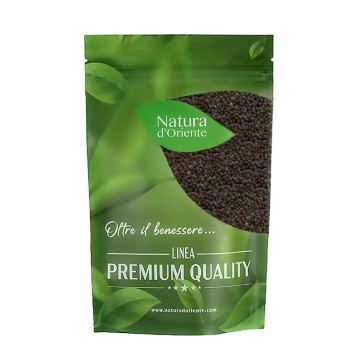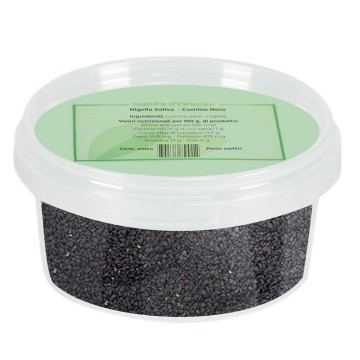Paprika flakes represent the heart of the dehydrated red pepper cut into cubes, reduced to small flakes and ready to flavor dishes. The pepper squares are crushed and deseeded, to maintain a flavor that is delicate and pleasant in dishes.
Different from ground paprika, in their form the crunchy red flakes are very popular in the kitchen, especially in traditional Mongolian dishes but also in our pasta dishes, on pizza and on meat. The typical flavor of the pepper becomes pleasant both when cooked and as a raw condiment, showing great versatility in recipes. A special feature? These small flakes are perfect for flavoring at the end of cooking, giving a crunchy sensation with every bite.
What are the properties of red paprika
In addition to the flavor, this spice contains beneficial substances for our body. Paprika contains nutrients with nutritional and antioxidant effects that can improve our well-being. Red paprika is a source of vitamins A, B-6, C, E and K, choline, niacin and folate. It contains lutein, a carotenoid useful for the health of the eyes and compounds of red peppers such as mineral salts of potassium, calcium, phosphorus, magnesium and iron. The antioxidant properties of paprika, due to compounds such as carotenoids and flavonoids, help keep the skin young; they fight cellular damage (caused by free radical molecules) and counteract the signs of aging. Vitamins also support the immune system and a good metabolism.
Vitamin C and other elements promote the synthesis of collagen, useful for the skin and blood vessels, bones and other tissues. For this reason, red paprika acts for the well-being of the cardiovascular system together with potassium, which helps regulate blood pressure. A known quality of this spice is its aid for digestion, since the fibers of peppers promote intestinal regularity and the transit of food. It has historically been used as a natural remedy for abdominal swelling after heavy meals, facilitating the expulsion of excess gas.
How to buy Mongolian red paprika
This is a particular spice, not easy to find. If you have difficulty purchasing this variety of red paprika flakes, our online spice shop makes it available in convenient freshness-saving packaging. We specialize in the sale and delivery of Mongolian red paprika, which will arrive in packs of 50g, 75g, 100g, 250g, 500g and 1 kg. At Natura d'Oriente you will find an excellent price for loose red paprika.
Red paprika, what are the contraindications
Although it is generally considered safe and beneficial, deriving from dried peppers, red paprika flakes should not be consumed in excessive quantities. It may cause irritation of the gastric mucosa and conditions such as heartburn and esophageal reflux. Excessive consumption of red paprika should be avoided in cases of gastritis, gastric ulcers and irritable bowel syndrome. In addition, it may trigger sensitivity and reactions in those who are allergic to the Solanaceae family.
How to use red paprika flakes?
After drying, the red pepper takes on this crunchy flake shape, used in a versatile way in the kitchen to flavor many different dishes. Defined Mongolian paprika for its origin and diffusion in this Asian cuisine, the spice is used in Italian cuisine to add a light touch with the flavor of pepper in various dishes, including salads, first and second courses.
How to cook with paprika flakes?
You can sprinkle it at the end of cooking, spreading the flakes on the dishes to make a crunchy taste and to decorate pasta dishes and pizza. Alternatively, you can use this paprika flakes to flavor the oil in sauces and gravies. The spice also gives the pleasant flavor of pepper during the cooking process, especially in meat recipes and sauces. You can sprinkle it or incorporate it generously during cooking: since it does not have a specific spiciness, a generous amount is needed to flavor in a decisive way.
Savory recipes: red pepper flakes can be sprinkled raw on pizzas, pasta dishes and soups. In the classic recipe of pasta aglio olio e peperoncino, or in arrabiata sauces, the red flakes can give a lively touch without the excessive heat of the chili pepper. You can use paprika flakes raw on soft cheeses, excellent in salads and on potatoes. The flavor of dried pepper modulates perfectly with boiled or roasted vegetables, to be sprinkled generously for those who want an intense effect of this paprika.
Meat: excellent crispy flakes to add flavourand meat dishes with the intense flavor of dried red pepper, both raw and in marinades. An excellent seasoning in stews and meat dishes, paprika flakes are added during cooking. Mongolian tradition includes recipes for Mongolian beef, Mongolian venison, or Mongolian chicken legs, served with white rice. Sweet and sour Mongolian sauce is often used on meat, especially with the addition of paprika flakes.
Sauces and marinades: Paprika flakes are a delicious base for marinades and dry rubs of meat before grilling or roasting. They enhance the flavor profile of meat sauces and gravies, especially when combined with certain spices or thickeners. In Mongolian sauce, red paprika flakes are combined with ingredients such as ginger, black pepper, soy sauce, sesame oil, brown sugar, garlic and the typical hoisin sauce (used to glaze meats). In vegetarian or vegan cuisine, there is also a recipe for Mongolian tofu, which combines a tasty sauce created with red paprika flakes on tofu and stir-fried vegetables. It is inspired by the famous Mongolian beef, but in a vegan version.
The Recipe: Tagliatelle with cream, ham, lemon and red paprika
Ingredients:
500 g of egg fettuccine - 2 tablespoons of Mongolian red paprika flakes - 200 g of cream - salt - 1 lemon - 5 slices of cooked ham - 3 tablespoons of parmesan cheese - 2 tablespoons of extra virgin olive oil - 100 g of shelled and chopped walnuts - tomatoes - rosemary Preparation
In a pan, brown the onion with 2 tablespoons of extra virgin olive oil, then add the ham, cutting it into cubes, and the Mongolian red paprika flakes. Add very little salt. Cook over low heat for 5 minutes, just long enough to brown the ham. Add the cream and once the pasta is cooked al dente, stir for a few minutes, also adding the lemon juice. Sprinkle the chopped walnuts together with some chopped tomatoes, and place the rosemary on the plate for garnish.
How is Mongolian red paprika obtained?
This variety of paprika is a spice obtained from the processing of peppers grown in Central-Eastern Asia, from a variety of the Capsicum plant. A species that includes peppers and chili peppers, and which is part of the Solanaceae family. We know that Capsicum plants are native to Mexico and widespread in some areas of South America, then brought to Europe and the rest of the world after the explorations of Columbus and other Spanish and Portuguese navigators. Today hundreds of varieties of Capsicum are grown in the world, among which the five most common are Capsicum annuum, Capsicum baccatum, Capsicum chinense, Capsicum frutescens and Capsicum pubescens. In Asia their evolution was rapid, in a very short period of time, so much so that it seems that in reality this plant was already present before international trade. There are several dozen different species, and we know that in Mongolia there are sweet and less spicy peppers in the Capsicum annuum variety, similar to those of Hungary (unlike the very spicy Chinese, Indian and Thai peppers). Their initial green color turns to bright red once they have reached maturity. The one widespread in Mongolia is a variety of red peppers characterized by a thin skin, easy to dry and therefore used in this way by the local populations. In particular, in the territory of Mongolia and in the neighboring Chinese regions (Bayin'gholin, Bohu, etc.) red peppers and chili peppers (rich in pigment) are dried in the sun, to then be consumed and marketed throughout the world. The reduction of the peppers into flakes occurs after drying, which makes them easy to break into the classic crunchy flakes.

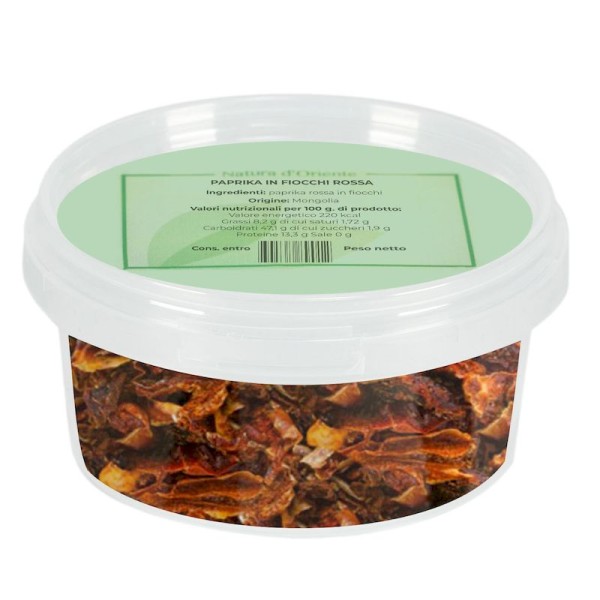







 No reward points for this product.
No reward points for this product.
